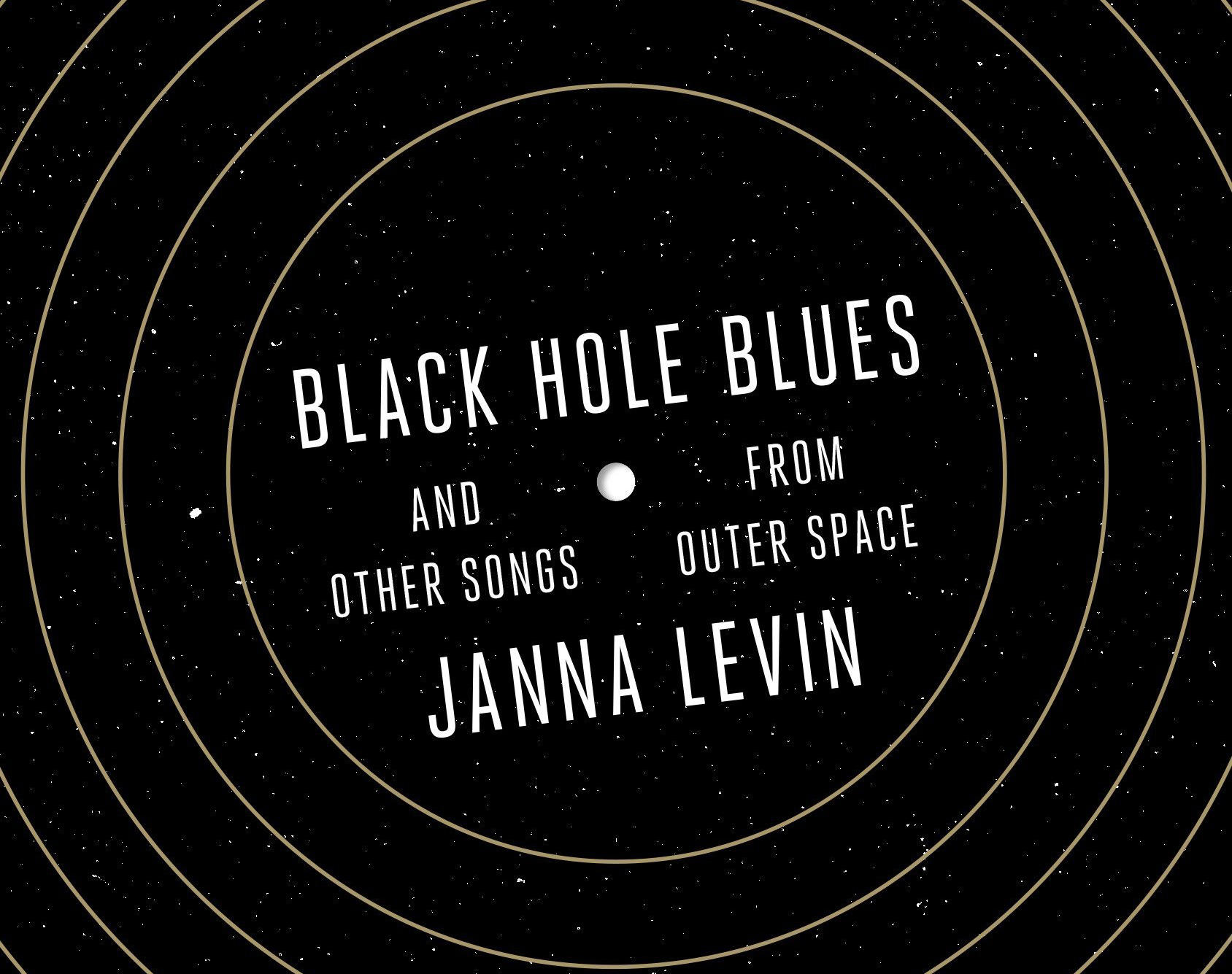We see evidence of black holes destroying neighboring stars. We see evidence of supermassive black holes in the centers of galaxies, their location, dark and unspectacular, marked by orbiting stars. We see evidence of black holes powering jets millions of light-years across, visible in the farthest galaxies in the observable universe. But we have never really seen a black hole, which only adds to the thrill of the prospect of hearing them.
There must be black holes out there that we can never see. They are alone. Or they orbit another black hole. Nothing falls into them. Nothing shines bright enough, close enough. We cannot make out the shadow, at least not yet. But if the black holes collide we might hear them ring space and time, sending waves in the curves of spacetime through the universe traveling at the speed of light. If the gravitational observatories succeed and we just marginally make out the reverberations against the noise, we can record the sounds of stars exploding in their final seconds before collapse. We can record the sound of imperfections scraping spacetime as neutron stars spin. We can record the sounds of neutron stars colliding, possibly forming black holes. And we can record the sounds of black holes colliding to form heavier silent black holes, emitting a billion trillion trillion trillion watts of power in gravitational waves.



